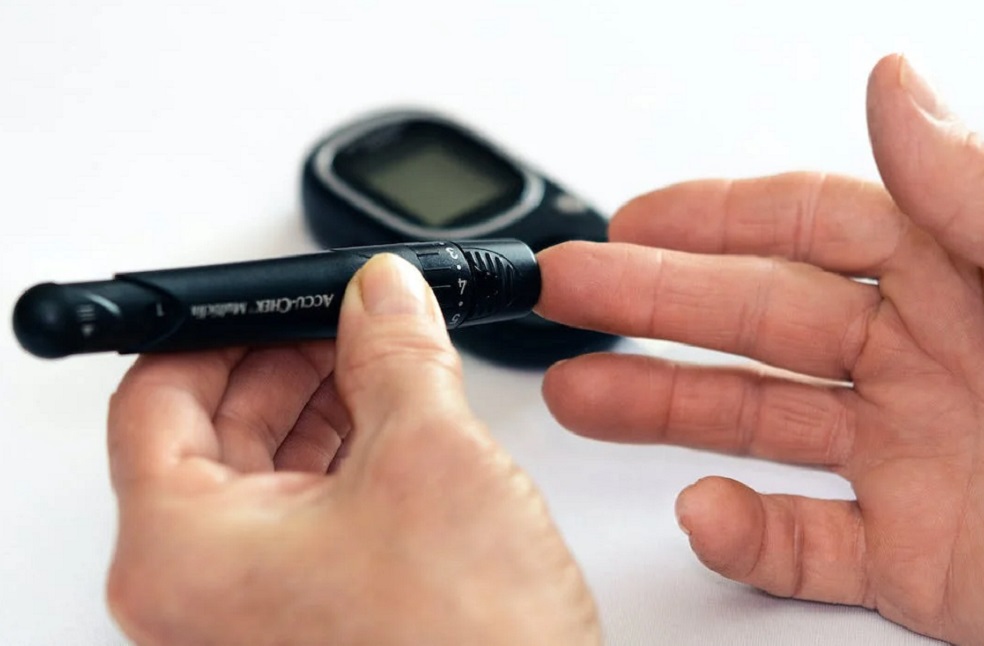United Kingdom: A new study found that walking faster may help significantly lower the risk of developing type 2 diabetes. According to the World Health Organisation, type 2 diabetes is one of the world’s major health threats, with its prevalence rising sharply in the last three decades.
The latest study showed that a brisk walk or striding is better for reducing the risk of type 2 diabetes than walking at a slower pace. The data analysis was published in the British Journal of Sports Medicine.
The research team found that people who walked faster than 3 km/h were less likely to develop the condition, while those with a speedier stride of more than 6 km/h lowered their risk by 39 percent.
The researchers from Imperial College London, the University of Medical Sciences in Iran, and Oslo New University College in Norway looked at 10 studies published between 1999 and 2022, which included follow-up periods of between three and 11 years. A total of 508,121 adult patients from across the UK, Japan, and the US were included in the study.

An average or normal walking speed of 3–5 km/h was associated with a 15 percent lower risk of type 2 diabetes, irrespective of the time spent walking. The risk was reduced even further with a faster pace, with a fairly brisk walk of between 5 km/h and 6 km/h associated with a 24 percent lower risk. Those who walked at a speed of more than 6 km/h had a 39 percent lower risk of developing the condition.
“While current strategies to increase total walking time are beneficial, it may also be reasonable to encourage people to walk at faster speeds to further increase the health benefits of walking,” the researchers shared.
According to the analysis, faster walking speed is associated with better cardiorespiratory fitness and muscle strength, both of which are linked to diabetes risk, and brisk walking is good for weight loss, which helps to improve insulin sensitivity.

Mr. Neil Gibson, senior physical activity adviser at Diabetes UK, commented that “the study highlights what we already know: that being physically active, which can include brisk walking, can help lower a person’s risk of developing type 2 diabetes and that increasing the intensity of activity, such as by walking faster, gives greater overall health benefits.”
“We welcome further research to confirm whether, and to what extent, picking up the pace boosts the positive effects walking can have on reducing the risk of developing type 2 diabetes,” Mr. Gibson added.



